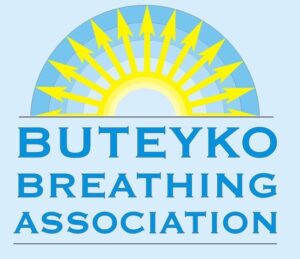
In order to deepen my personal meditation practice I recently spent a long weekend off-grid in a cabin with no electricity, in a field, on a lake, without another person in sight.
It was a bit drastic, but in order to clear the noise in my head I needed to completely disconnect from technology and distraction, and spend time inside my own head, and outside in nature. I practiced yoga twice a day, meditated formally twice a day, and took long meditative walks in the woods and on farmland. I read only spiritual books, particularly by my personal preferred guru, Eknath Easwaran.
I came away from the weekend rested, calm, grounded, and surprisingly happy.
I’ve been meditating for a long time, but I never felt like I was very good at it. I struggle to keep my mind still, and to control my thoughts (said nearly everyone who has ever tried to meditate, right?). Through Easwaran i’ve explored the idea of Passage Meditation and “one pointed attention”. This technique is based on the practice of focusing the mind and heart on the words of sacred texts or inspirational passages from various traditions. Passage Meditation is designed to help individuals cultivate inner peace, mental clarity, and spiritual growth. Through Passage Meditation, I feel like i’ve reconnected with meditation, and a method of getting there that works for me.
Why meditate?
Regular meditation has been studied extensively, and it offers a wide range of physical, mental, and emotional benefits. Here are some of the key advantages of incorporating meditation into your daily routine:
- Stress Reduction: One of the primary benefits of meditation is its ability to reduce stress. It activates the body’s relaxation response, which helps lower cortisol levels and induces a sense of calm and tranquility.
- Improved Focus and Concentration: Meditation enhances your ability to concentrate and stay focused on tasks by training the mind to stay present and avoid distractions.
- Emotional Regulation: Regular meditation can help regulate emotions and reduce negative emotions such as anxiety, depression, and anger. It also fosters positive emotions like happiness, gratitude, and compassion.
- Enhanced Self-Awareness: Through meditation, you become more aware of your thoughts, feelings, and bodily sensations. This increased self-awareness can lead to better self-understanding and personal growth.
- Better Sleep: Meditation has been shown to improve sleep quality by calming the mind and reducing racing thoughts that can interfere with falling asleep.
- Reduced Symptoms of Anxiety and Depression: Studies suggest that meditation can be beneficial for individuals dealing with anxiety and depression, helping to alleviate symptoms and improve overall well-being.
- Lower Blood Pressure and Heart Health: Meditation has been associated with reduced blood pressure, which can positively impact heart health and reduce the risk of cardiovascular disease.
- Boosted Immune System: Regular meditation may strengthen the immune system, helping the body fight off infections and illnesses.
- Pain Management: Meditation can be an effective complementary approach to manage chronic pain conditions by changing the brain’s perception of pain and increasing pain tolerance.
- Enhanced Creativity: Meditation can improve divergent thinking and creativity by allowing the mind to access different perspectives and insights.
- Increased Empathy and Compassion: Meditation practices often involve cultivating compassion for oneself and others, leading to enhanced empathy and a greater sense of connectedness with others.
- Better Memory and Cognitive Function: Regular meditation has been associated with improved memory retention and enhanced cognitive abilities.
- Improved Relationships: Meditation can help you become more present and attentive in your interactions, fostering healthier and more meaningful relationships.
- Strengthened Emotional Resilience: Regular meditation practice can build emotional resilience, making it easier to cope with life’s challenges and bounce back from adversity.
- Spiritual Growth and Connection: For those with a spiritual inclination, meditation can deepen their spiritual connection and provide a sense of purpose and meaning in life.
It’s essential to remember that the benefits of meditation are often cumulative, and consistent practice over time yields the best results. Even just a few minutes of meditation daily can make a noticeable difference in your overall well-being.
If you would like help on your meditation journey – either learning how to start, or exploring different techniques, get in touch.

















